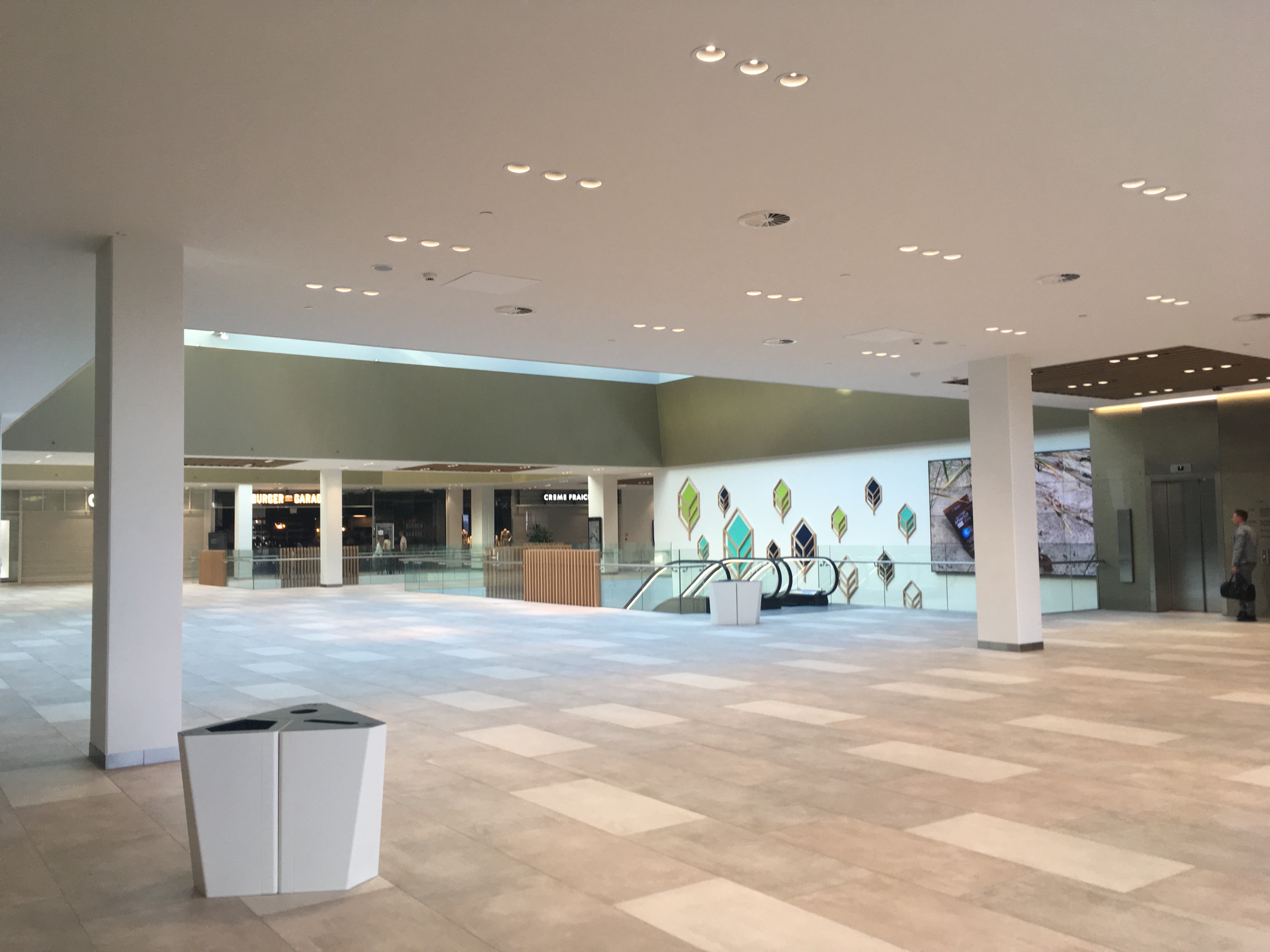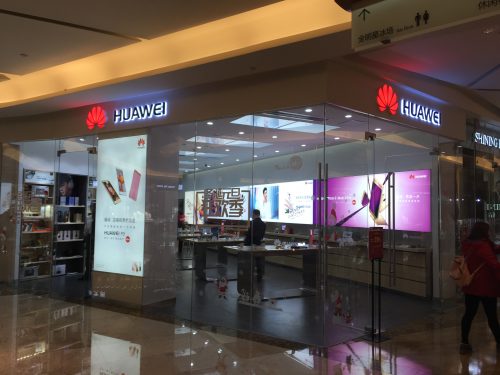Copenhagen differs from Seoul. In Copenhagen, I have ample opportunities to feel emptiness. When I go to a shopping mall (Kronen Vanlose) at 5PM on a weekday, it is literally vacant. Only few are spotted.

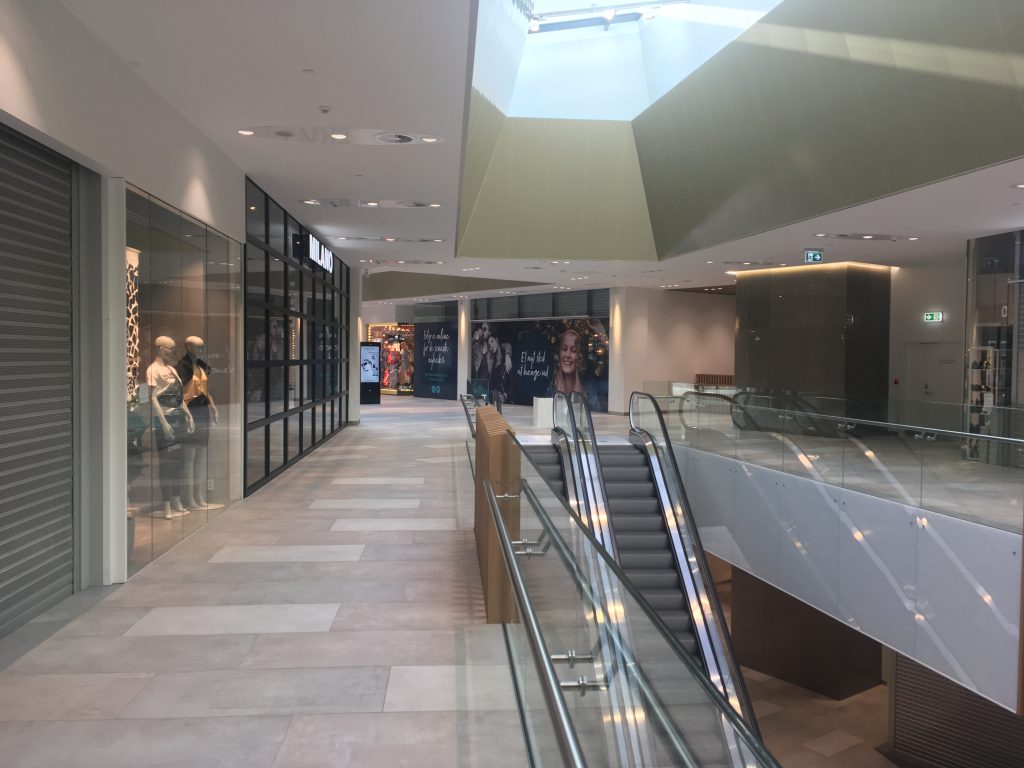
In Seoul, people constantly bump into people on street. By default, I feel crowdedness. When I go to Costco Wholesale at 8PM on any weekday, I should stand in line more than 10 minutes to meet cashiers.
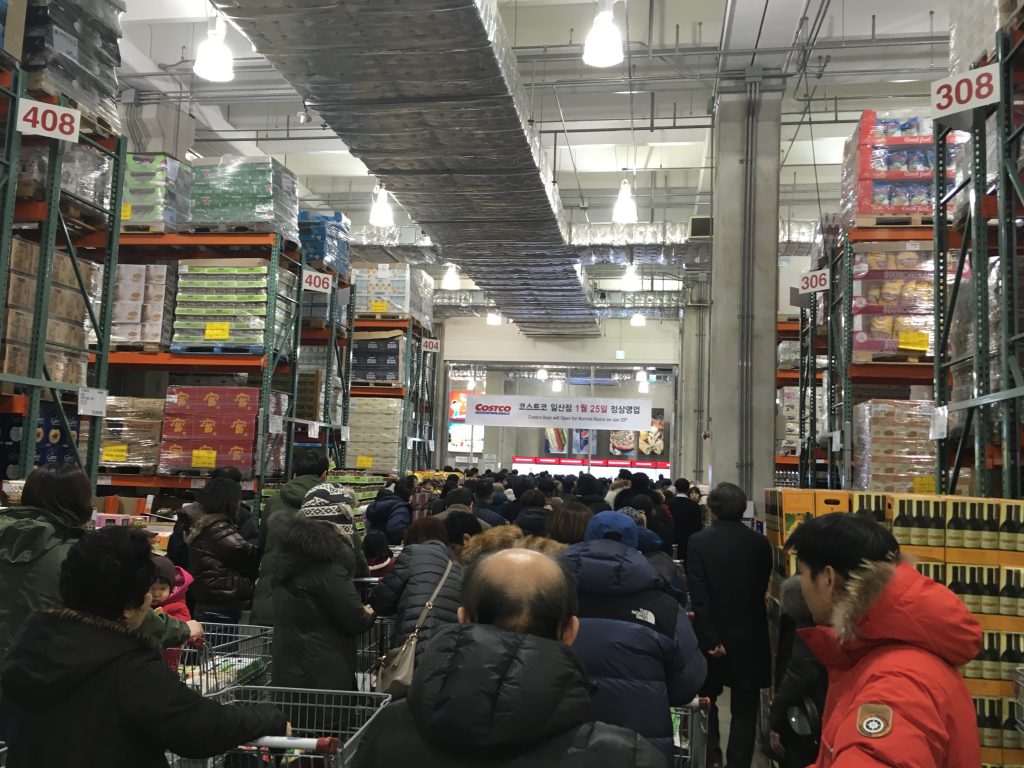
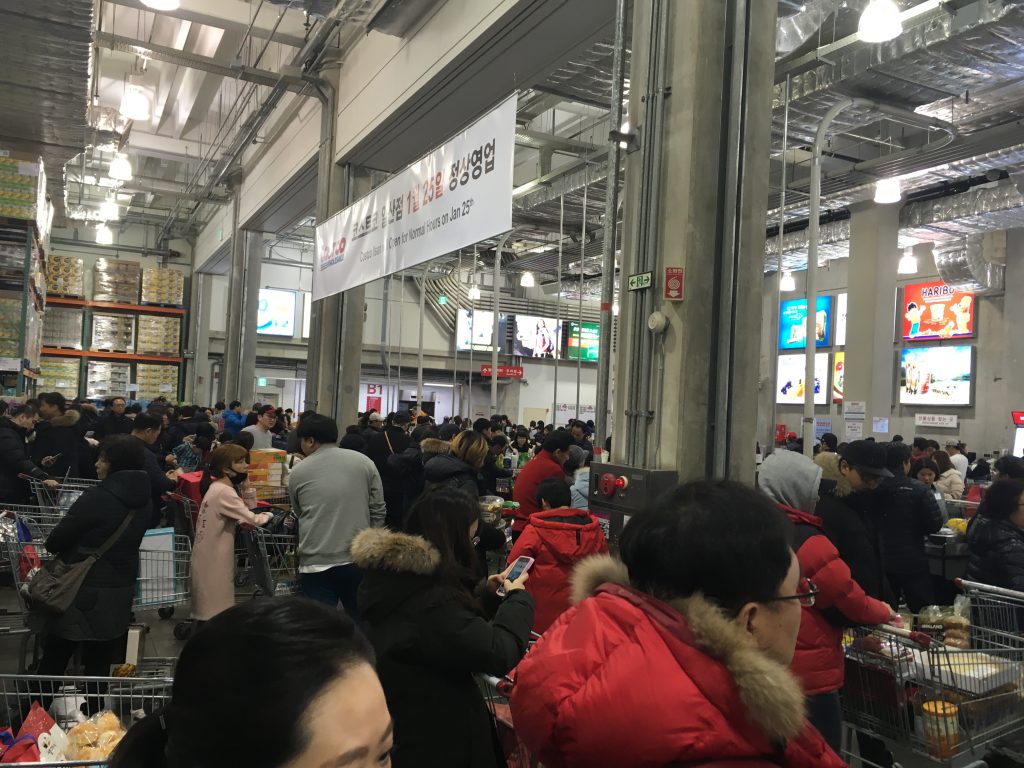
Feeling emptiness or feeling crowdedness affects us. According to marketing research, social density shapes how we value products in a space. I find this research interesting and insightful, but it does not say much about how (objectively) crowded is (subjectively) crowded. While Koreans find a store or mall empty, Danes may find the same space crowded.
This article is about social space and material objects for sale within that space. We draw primarily on Goffman’s (1971) concepts of use space and possession territories to predict that as the social density of a given space increases, inferences of the subjective social class and income of people in that space fall. Eight studies confirm that this is indeed the case, with the result holding even for stick figures, thus controlling for typical visual indicators of social class such as clothing or jewelry. Furthermore, these social class inferences mediate a relationship between social density and product valuation, with individuals assessing both higher prices and a greater willingness to pay for products presented in less crowded contexts. This effect of inferred class on product valuation is explained by status-motivated individuals’ desire to associate with higher-status people. To the best of our knowledge, this research is the first to reveal the link between social density, status inferences, and object valuations. As such, it makes a novel contribution to what has come to be known in sociology as the topological turn: a renewed focus on social space.
